Affiliate Disclosure: If you buy something through some of the links on this post, you won’t pay any extra, but we’ll get a small commission. This helps us keep things running. Thanks for your support!
UX-11 Starter Impact Drake 9-60LR is a “Unique Line” Beyblade X product, and like most other UX releases, it is a re-imagining of an older product/motif line.
Both Cobalt Drake 4-60F and Cobalt Dragoon 2-60C made immense splashes into the competitive scene upon release. The former being an exclusive app Rare Bey Get Prize, boasting weight yet unseen and still rivalled as of the release of UX-11, and the latter being the first left-spinning Beyblade in the Beyblade X series.
With Impact Drake 9-60LR we see what is deemed to be the true successor of Cobalt Drake, rather than a “side-grade” like Cobalt Dragoon is. And in some ways, this makes sense. The Beyblade X development team actually designed Cobalt Dragoon before Cobalt Drake, despite ultimately releasing Cobalt Drake first. Considering things from that point of view it becomes clear why Impact Drake closely resembles Cobalt both in physical likeness and stock combo composition.
UX-11 Starter Impact Drake brings along with it a new Blade, of course, but also a Bit that has been highly anticipated for some time, the “low” version of the much-loved Rush Bit!
Does Impact Drake live up to the name its previous in-line releases have earned, or does it occupy competitive irrelevance – a first for the line?
In this article we seek to get to the bottom of this question, searching for what competitive value we can get from each of its new parts, however niche, to give you a clearer understanding of where this release lays on the Beyblade X landscape.
How good is UX-11 Impact Drake 9-60LR?
Product Summary
The UX-11 Starter Impact Drake 9-60LR provides you with a Beyblade, a launcher, some must-have competitive parts in the 9-60 Ratchet and Low Rush Bit, a decent stock combo, and a string launcher. It is both a great starting point for new players and a valuable addition to the collections for existing competitive players.
The Impact Drake Blade is hit-and-miss, but overall this purchase is highly recommended for 9-60 and LR alone. Given their importance in the scene thus far, new players should have at least one copy and veterans will find that multiple copies of each will go a long way for deck building.
Final Score: 8/10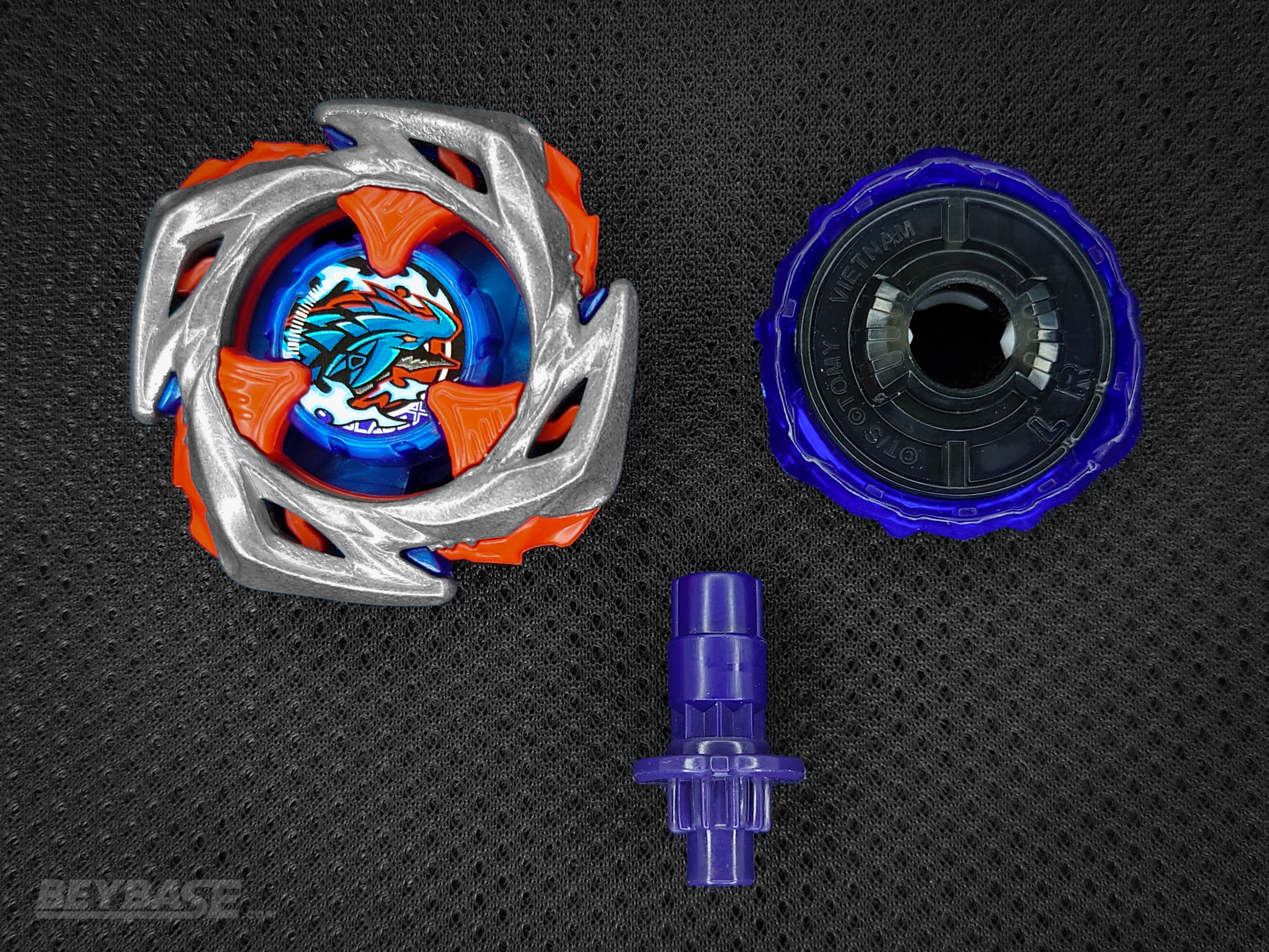
Parts Summary
Impact Drake Blade:
The Impact Drake Blade is a middle-of-the-road attack type Blade infused with some rubber contact points, a first for the series. It boasts, at release, top-class weight and strong attack power, making it hard to ignore. This gives it a chance to gain or maintain relevance competitively over a longer period of time. However, while in the right hands it is can deliver knockouts against most opponents, it doesn’t have the same sudden, explosive attack power that Blades like Shark Edge or Dran Buster have. Precise launching skill is required to get the most out of this Blade. As such, it is hard to recommend to beginners at release. Read More.
9-60 Ratchet:
The 9-60 Ratchet is a must-have Ratchet for all competitively-minded Bladers. It has few drawbacks due to its low height and low burst risk. It is not so frequently re-released, so its inclusion here is a welcome one. Read More.
Low Rush Bit:
The Low Rush Bit is an excellent attack type Bit that has all of the positives of the original Rush Bit but with the added ability to lean even further into aggressive gameplay thanks to its lower height and ability to score more Burst Finishes on opponents. Read More.
X String Launcher R:
The X String Launcher R is a great inclusion and part of the overall package, sporting new colours and having similar rotation counts to the longest String Launchers available (11 rotations). Perfect for newer Bladers just getting into the hobby and great for veterans who could use spare launchers.
Where to Buy UX-11 Impact Drake 9-60LR Starter
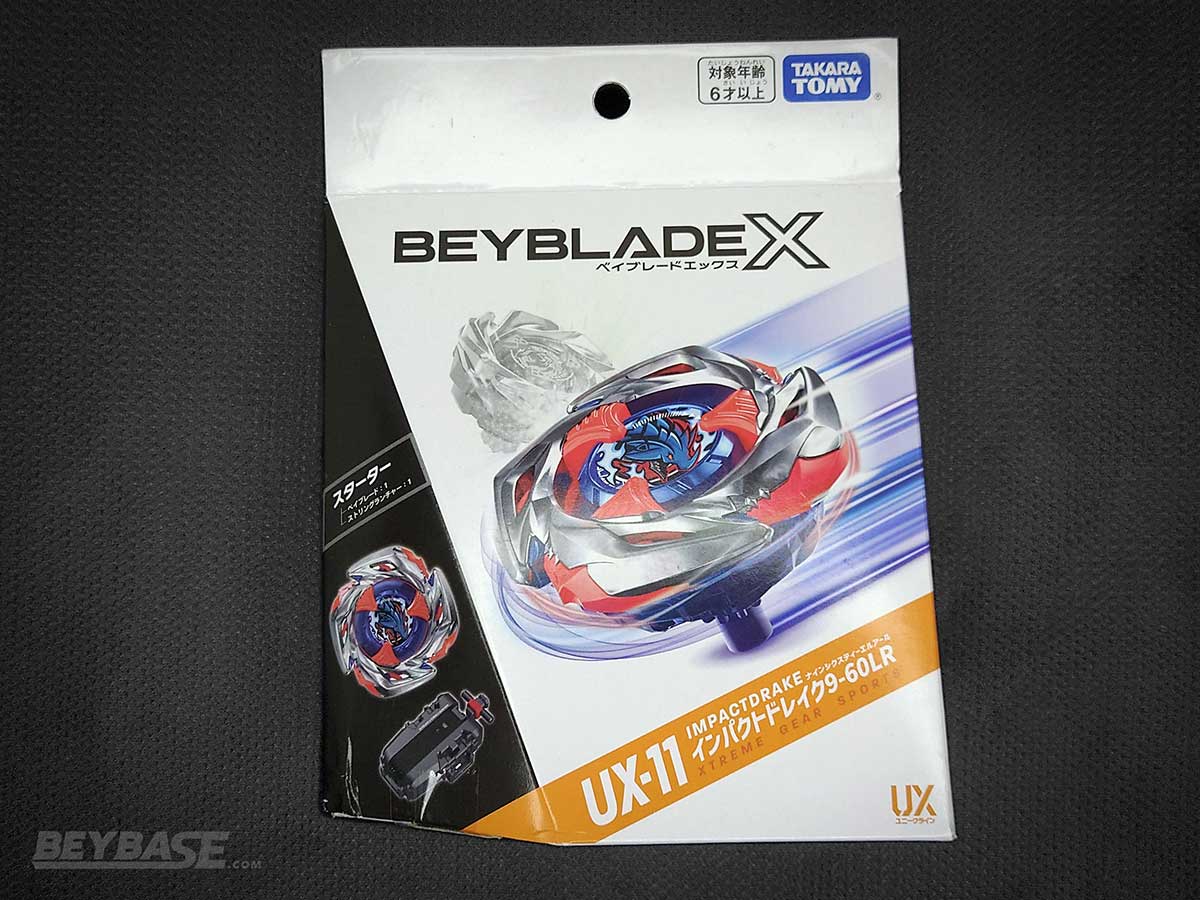
Heads up: If you buy something through some of the links on this post, you won’t pay any extra, but I’ll get a small commission. This helps me keep things running. Thanks for your support!
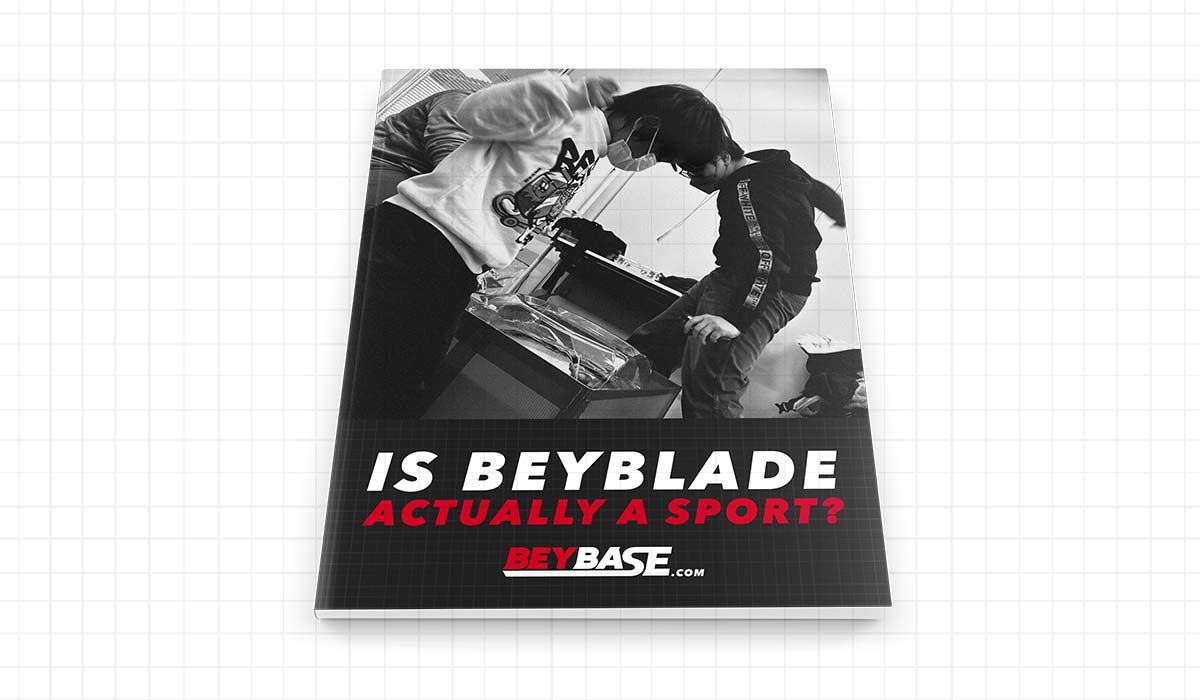
25 years. 4 generations. And we still don’t know: is Beyblade a sport? A toy?
I wrote a 100 page article to answer this question.

Sponsored: Order the newest Beyblades at malloftoys.com!
Heads up: If you buy something through Mall of Toys, you won’t pay any extra, but I’ll get a small commission. This helps me keep things running. Thanks for your support!
Product Details
- Brand: TAKARA-TOMY
- Product Code: UX-11
- Product Contents:
- UX-11 Impact Drake 9-60LR
- BX-34 String Launcher (“Gunmetal x Red Ver.”)
- Series: Beyblade X Unique Line
Part Weights
- Impact Drake Blade: 38.9g
- 9-60 Ratchet: 6.2g
- Low Rush Bit: 2g
Additional Notes:
- All tests in this article were done in the BX-10 Xtreme Stadium with two Bladers present unless otherwise specified as “testing by Kei” (solo).
- Relevant matches saw both combos switch out Ratchets and Bits at the half-way point to account for part performance variation, as well as Blader switching.
- Launch style was a basic hard launch parallel to the stadium unless otherwise specified.
Impact Drake Blade Review
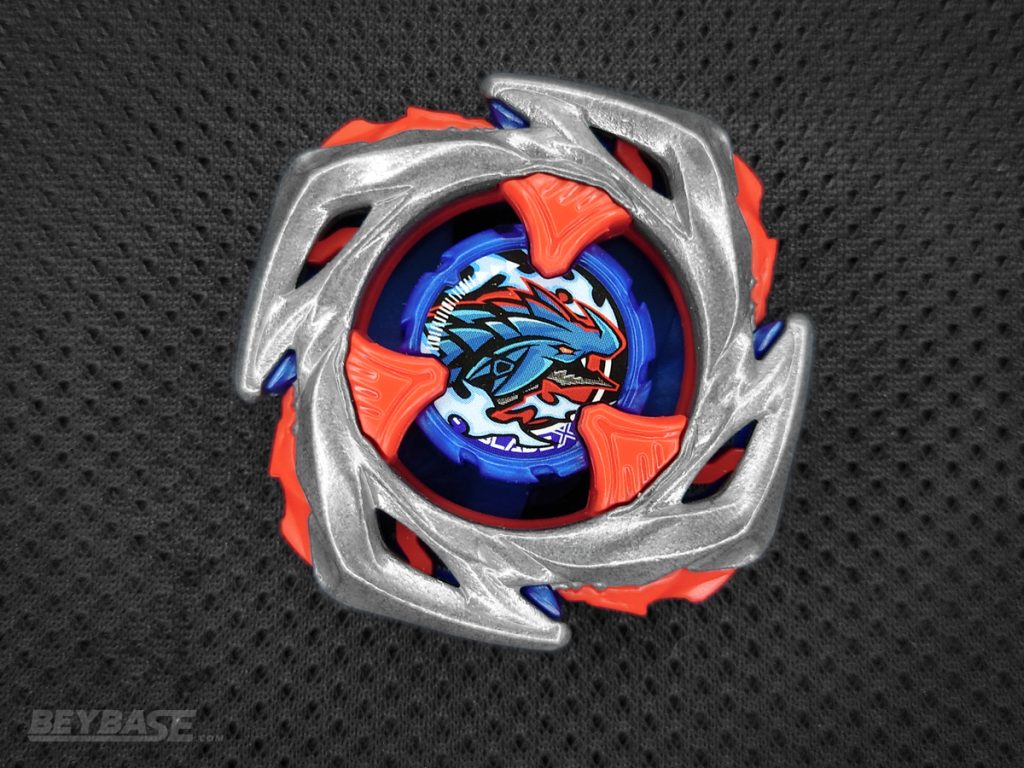
The Impact Drake Blade is a Unique Line Blade, meaning that its three launcher hooks are plastic and more of the Blade’s weight is focused around its perimeter..
The Impact Drake Blade seems to inherit not only the four sided design of Cobalt Drake, but also one of the other traits that defined it: heavy weight. Impact Drake clocks in around the decidedly heavy 39 gram mark, making it a contender for heaviest Blade in the game at release alongside newer molds of the Phoenix Wing Blade. Unlike the Cobalt Dragoon Blade it seems the underside of Impact Drake Blade isn’t deliberately asymmetrical and off-balance to prevent obnoxious gameplay.
What is different about Impact Drake Blade compared to other X Blades?
As mentioned previously this is a Unique Line twist to the Cobalt Drake Blade. Besides the lack of metal towards the center imposing greater outward weight distribution (like all UX beys), the Impact Drake Blade features holes and rubber components at its edges. Rather than being completely solid or completely metal, it is neither. Despite these changes, its weight suggests it isn’t easily pushed around.
Is the Impact Drake Blade good for Attack type Beyblades?
Given its ferocious-looking design and the immense attack power we remember from the powerful rubber-equipped attack type Judgment Joker Layer Base in Beyblade Burst, we naturally gravitated towards trying out the Impact Drake Blade as a pure attack type Beyblade, opting for the Low Flat Bit.
Our hope was the lower height and friction generated by the rubber on the Impact Drake Blade may lead to an easier time securing Ratchet-based Burst Finishes.
Impact Drake Blade vs. Wizard Rod 9-60B
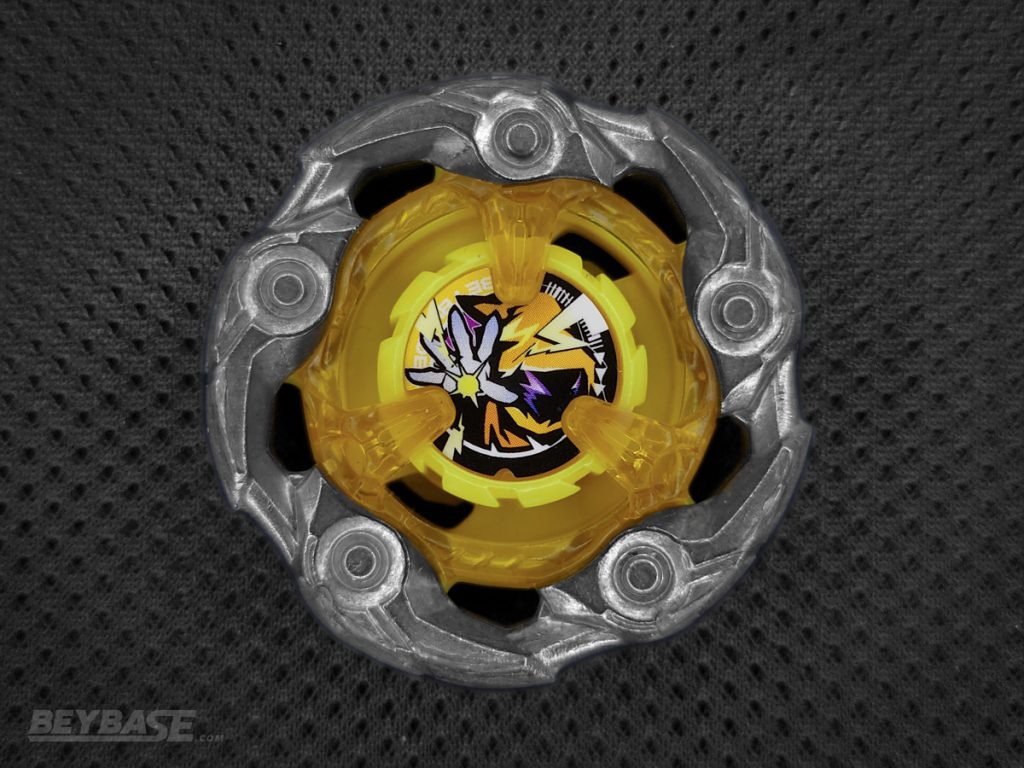
Impact Drake 9-60LF vs. Wizard Rod 9-60B
- ID 9-60LF wins: 6 wins, 13 points (1 XF, 1 BF, 4 OF)
- WR 9-60B wins: 4 wins, 7 points (1 XF, 1 BF, 2 OS)
- Impact Drake Blade Win Percentage: 60%
- Impact Drake Blade Points Percentage: 65%
- Mint Impact Drake Blade, worn Wizard Rod Blade
Benchmark: Shark Edge 3-60LF vs. Wizard Rod 9-60B
- SE 3-60LF wins: 4 wins, 8 points (1 BF, 3 OF)
- WR 9-60B wins: 6 wins, 6 points (6 SF)
- Shark Edge Blade Win Percentage: 40%
- Shark Edge Blade Points Percentage: 57%
- Mint Shark Edge Blade, worn Wizard Rod Blade
Here we saw that Impact Drake Blade tends to have high Smash Attack output but without discretion or adequate positioning all of that power goes to waste – slinging Wizard Rod Blade into walls rather than exits. Similar to the Shark Edge Blade, Impact Drake Blade tends to tire out fairly quickly.
We attribute this lack of meaningful endurance to the friction of its rubber components as well as its oddly imbalanced character. The friction upon contact can generate great hits but also tends to bring Impact Drake Blade to a halt sooner than exclusively metal contact points would, on top of making it easier to destabilize quickly.
Despite our hopes, the Impact Drake Blade didn’t seem to secure Burst Finishes at a higher frequency than a full-metal Shark Edge Blade, both earned 1 Burst Finish over 10 rounds. In general, the two perform very similarly and there is no shame in that.
Impact Drake Blade vs. Silver Wolf 9-70FB
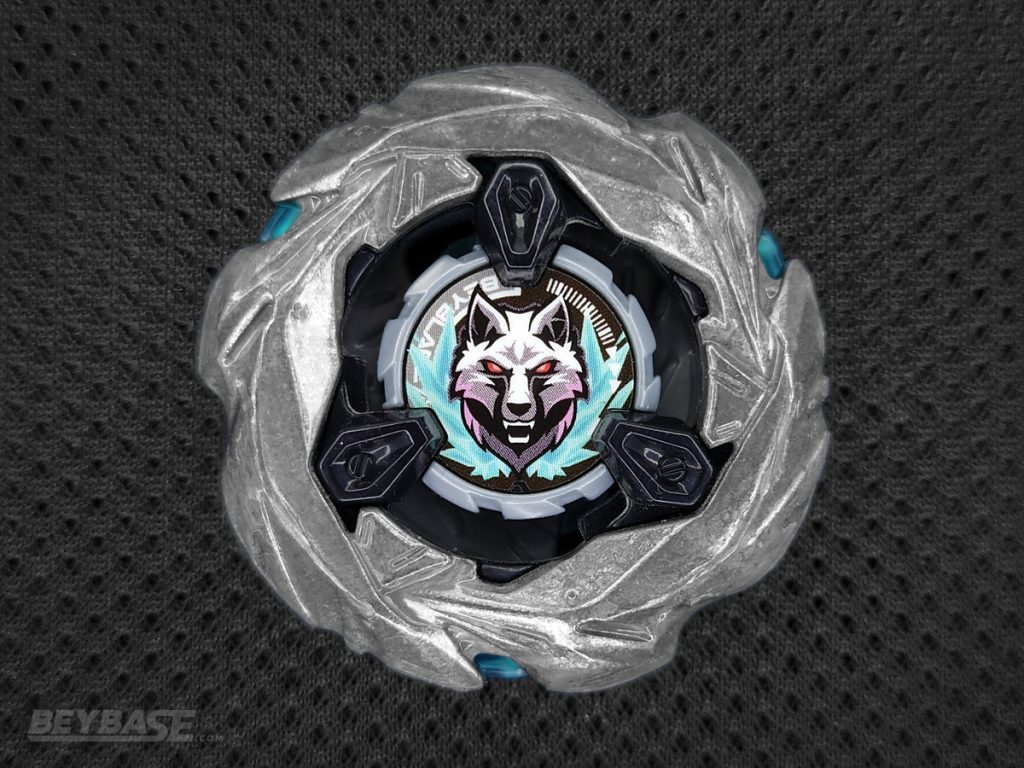
Impact Drake 9-60LF vs. Silver Wolf 9-70FB
- ID 9-60LF wins: 3 wins, 6 points (1 BF, 2 OF)
- SW 9-60FB wins: 7 wins, 7 points (7 SF)
- Impact Drake Blade Win Percentage: 30%
- Impact Drake Blade Points Percentage: 46%
- Testing by Kei
- Mint Impact Drake Blade, worn Silver Wolf Blade
Benchmark: Shark Edge 3-60LF vs. Silver Wolf 9-70FB
- SE 3-60LF wins: 5 wins, 10 points (2 BF, 3 OF)
- SW 9-60FB wins: 5 wins, 8 points (1 XF, 1 OF, 3 SF)
- Shark Edge Blade Win Percentage: 50%
- Shark Edge Blade Points Percentage: 55%
- Testing by Kei
- Mint Shark Edge Blade, worn Silver Wolf Blade
Here we saw that the Shark Edge Blade produced more meaningful hits and more decisive hits, giving it a slight edge when directly compared to the performance of the Impact Drake Blade.
Our last pure attack combo attempt was with the usually unserious and silly Quake Bit. This Bit is deliberately off-balance and can produce unusual results. With Impact Drake Blade’s start-of-match strength and low stamina we thought that maybe it could pull off the unthinkable: make Quake Bit oddly viable.
The idea was that it might be able to either score KOs or Burst Finishes early and if it didn’t, it would lose by Spin Finish. This would be better than losing in any other way due to it being worth just one point.
Impact Drake Blade on Quake
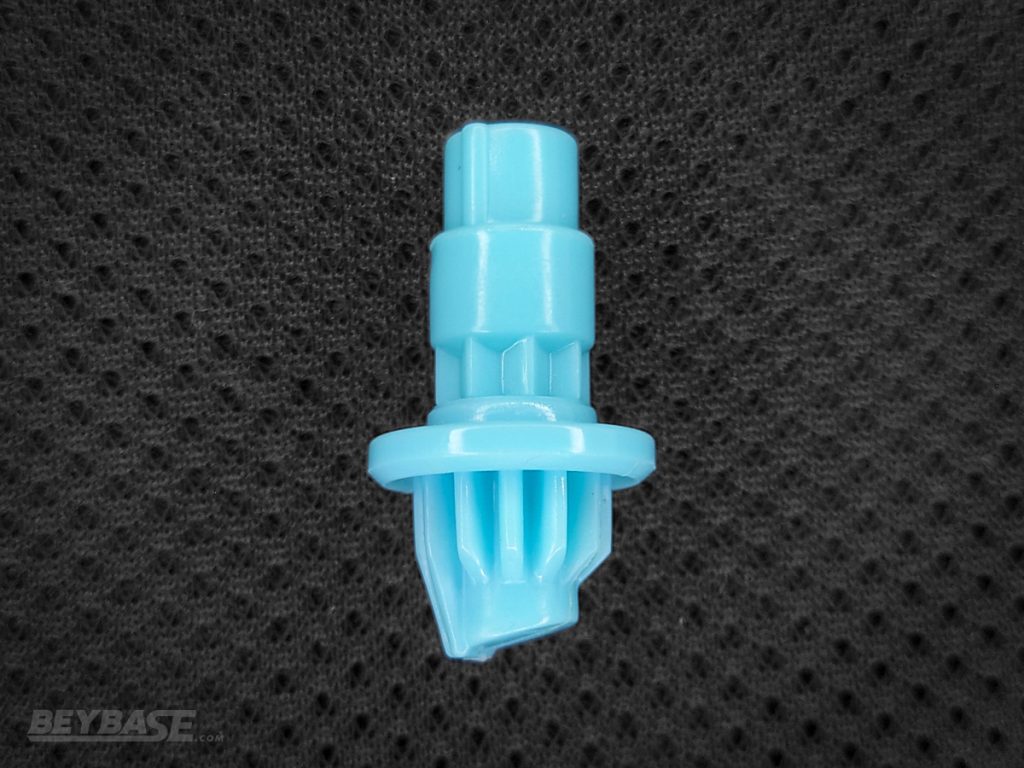
Impact Drake 1-60Q vs. Silver Wolf 9-70FB
- ID 1-60Q wins: 4 wins, 8 points (4 OF)
- SW 9-60FB wins: 6 wins, 7 points (1 OF, 5 SF)
- Impact Drake Blade Win Percentage: 40%
- Impact Drake Blade Points Percentage: 53%
- Mint Impact Drake Blade, worn Silver Wolf Blade
Impact Drake 1-60Q vs. Wizard Rod 1-60L
- ID 1-60Q wins: 3 wins, 7 points (1 XF, 2 OF)
- WR 1-60L wins: 7 wins, 13 points (2 XF, 2 OF, 3 SF)
- Impact Drake Blade Win Percentage: 30%
- Impact Drake Blade Points Percentage: 35%
- Mint Impact Drake Blade, worn Wizard Rod Blade
Impact Drake 1-60Q vs. Dran Buster 1-60LR
- ID 1-60Q wins: 5 wins, 6 points (1 OF, 4 OS)
- DB 1-60LR wins: 5 wins, 6 points (1 OF, 4 OS)
- Impact Drake Blade Win Percentage: 50%
- Impact Drake Blade Points Percentage: 50%
- Mint Impact Drake Blade, mint Dran Buster Blade
Impact Drake 1-60Q vs. Aero Pegasus 5-60L
- ID 1-60Q wins: 3 wins, 8 points (2 XF, 1 OF)
- AP 5-60L wins: 7 wins, 13 points (1 XF, 2 OF, 4 OS)
- Impact Drake Blade Win Percentage: 30%
- Impact Drake Blade Points Percentage: 38%
- Mint Impact Drake Blade, semi-used Aero Pegasus
Impact Drake 1-60Q vs. Cobalt Dragoon 9-60E
- ID 1-60Q wins: 1 win, 3 points (1 XF)
- CDG 9-60E wins: 9 wins, 16 points (7 OF, 2 OS)
- Impact Drake Blade Win Percentage: 10%
- Impact Drake Blade Points Percentage: 16%
- Mint Impact Drake Blade, semi-used Cobalt Dragoon Blade
Overall we found that while these results were far from awful and that Impact Drake Blade on the Quake Bit had the potential to win against almost anything not named Cobalt, the lack of consistency may not be worth it in the end.
It was less erratic than we had expected, but without carefully monitoring your launch power and positioning, it was very easy to not only lose, but lose via a win condition worth two points or more. This is especially true in high pressure situations where even the slightest change in behaviour or launch positioning can result in a devastating loss. This is the definition of a high risk, high reward combination.
Is the Impact Drake Blade good for Balance type Beyblades?
Given the fact that Impact Drake Blade’s gameplay feels very much characterized as “feast or famine”, with some excellent results if you get lucky at the start of a battle but progressively impossible to win later on, we decided to see if a higher endurance Bit would help tone it down.
As of the time of writing, the Level Bit is probably our best possible choice at the moment to give us a good mixture of attack capabilities with added endurance that we wouldn’t be receiving with most Flat-type Bits. If there is any Bit that can stand a chance of rectifying the extreme spin loss and late-game efficiency problems Impact Drake Blade has shown us, it is the Level Bit.
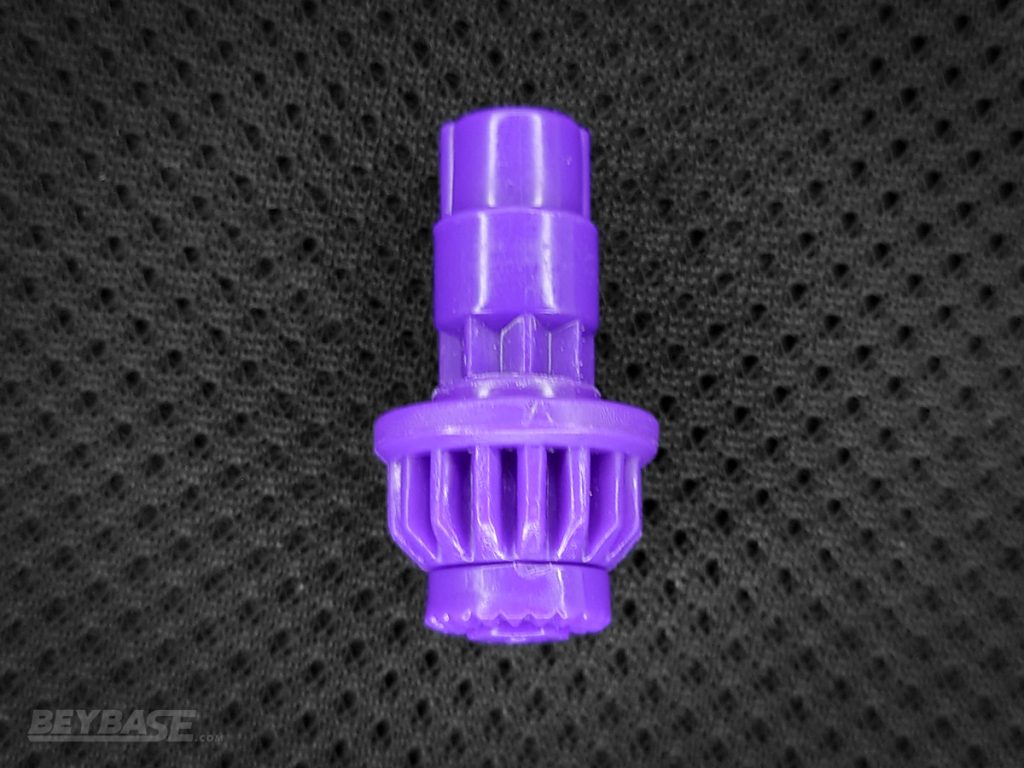
Impact Drake 9-60L vs. Wizard Rod 9-60B
- ID 9-60L wins: 5 wins, 11 points (1 XF, 4 OF)
- WR 9-60B wins: 5 wins, 7 points (1 XF, 4 SF)
- Impact Drake Blade Win Percentage: 50%
- Impact Drake Blade Points Percentage: 61%
- Testing by Kei
- Mint Impact Drake Blade, worn Wizard Rod Blade
Benchmark: Aero Pegasus 9-60L vs. Wizard Rod 9-60B
- AP 9-60L wins: 5 wins, 10 points (1 BF, 4 OF)
- WR 9-60B wins: 5 wins, 7 points (1 XF, 4 SF)
- Aero Pegasus Blade Win Percentage: 50%
- Aero Pegasus Blade Points Percentage: 59%
- Testing by Kei
- Worn Aero Pegasus, worn Wizard Rod Blade
Similar to our findings on Low Flat Bit, this matchup is largely dictated by positioning and good fortune. If you get an early hit in a favourable direction, it is likely that Impact Drake Blade will be able to make Wizard Rod go flying aggressively into an exit. With that said, this likelihood isn’t something we can increase with combo composition alone. Instead, practicing a specific launch technique may yield the best results.
Unfortunately Impact Drake Blade’s performance was really not meaningfully improved with the use of the Level Bit compared to our Low Flat testing. This would suggest that leaning into Impact Drake’s strengths (Bits that support early and instant aggression) would be wiser, leaving the high-demand Level Bit open for other combo opportunities elsewhere.
Having said that, when compared to the Aero Pegasus Blade’s performance on the Level Bit, the Impact Drake Blade had a slightly better showing. This leads us to wonder if Impact Drake, despite seemingly being best suited for hyper-aggression, could replace the now commonplace Aero Pegasus Level Bit combos in other matchups too..
Given the seemingly unmoving place of Cobalt Dragoon Blade on the Elevate Bit in the Beyblade X competitive meta at the time of Impact Drake’s release, it is natural that we see how well something like Impact Drake Blade on Level Bit does into it. Aero Pegasus is often put on the Level Bit due to its ability to not only knock-out Wizard Rod Ball combos, but also compete with Cobalt Dragoon Elevate combos as well.
Normally the Level Bit is used over other Bit options to increase overall endurance, especially later into a battle, which can create headaches for the likes of Cobalt Dragoon Blade. With how low-endurance Impact Drake seems to be, we didn’t hold our breath.
Impact Drake 9-60L vs. Cobalt Dragoon 9-70E
- ID 9-60L wins: 2 wins, 4 points (2 BF)
- CDG 9-70E wins: 8 wins, 19 points (3 XF, 5 SF)
- Impact Drake Blade Win Percentage: 20%
- Impact Drake Blade Points Percentage: 17.3%
- Testing by Kei
Benchmark: Aero Pegasus 9-60L vs. Cobalt Dragoon 9-70E
- AP 9-60L wins: 3 wins, 3 points (3 SF)
- CDG 9-70E wins: 4 wins, 6 points (1 XF, 3 SF)
- Aero Pegasus Blade Win Percentage: 30%
- Aero Pegasus Blade Points Percentage: 43%
- 3 Draws, Testing by Kei
- Worn Aero Pegasus Blade, worn Cobalt Dragoon Blade
It was clear that the Impact Drake Blade has a serious weakness to its opposite spin cousin. It lacks the required endurance to remain upright throughout the battle, long enough to outspin Cobalt Dragoon Blade, and it lacks the means to bully Cobalt Dragoon Blade into an exit with any frequency.
This is less of a knock on the Impact Drake Blade, and more of a testament to the sheer obnoxiousness of Cobalt Dragoon Blade on Elevate into lower endurance, high Smash Attack type combos.
Comparing the Impact Drake results to the Aero Pegasus results it is clear that neither were particularly strong against Cobalt Dragoon Blade on Elevate while using the 9-60 Ratchet with Level. However, Aero Pegasus’ was much more reliable and didn’t lose as much. Aero Pegasus, as we saw, is at times able to draw and win against Cobalt Dragoon in a way Impact Drake Blade cannot.
In tournament environments at the time of writing, usage of Ratchets like 7-60 on Aero Pegasus with Level is common. 7-60 provides more stability to the Beyblade, enabling it to win against Cobalt Dragoon on Elevate more readily.
Impact Drake 7-60L vs. Cobalt Dragoon 9-70E
- ID 7-60L wins: 2 wins, 4 points (2 BF)
- CDG 9-70E wins: 13 wins, 19 points (3 XF, 10 SF)
- Impact Drake Blade Win Percentage: 13%
- Impact Drake Blade Points Percentage: 17%
- Testing by Kei
- Mint Impact Drake Blade, worn Cobalt Dragoon Blade
It was no contest. Impact Drake simply did not have the innate balance required to outspin even the infamously imbalanced Cobalt Drake Blade.
Following these results and the fact that rubber can lead to an increase in friction upon contact, changing velocity and potentially even outcomes, we decided to see how Impact Drake Blade would do on the equalizing Elevate Bit.
If Impact Drake Blade couldn’t beat Cobalt Dragoon Blade, could Impact join it?
Impact Drake 9-60E vs. Cobalt Dragoon 9-70E
- ID 9-60E wins: 2 wins, 3 points (1 OF, 1 SF)
- CDG 9-70E wins: 7 wins, 7 points (3 XF, 5 SF)
- Impact Drake Blade Win Percentage: 20%
- Impact Drake Blade Points Percentage: 22%
- 1 Draw, Testing by Kei
- Mint Impact Drake Blade, worn Cobalt Dragoon Blade
This outcome was less than impressive. The answer to that question seems to be a resounding “no”. While it was a lot closer than many of the other battles thus far, this was due to the Elevate Bit’s stamina. Not the Impact Drake Blade. It is evident that the Blade’s design and materials do more harm than good to its outspin potential.
Is the Impact Drake Blade good for “Grip Defense” type X Beyblades?
Nomenclature in our hobby is not always so clear-cut. What we are describing in this article as “grip defense” is the use of the Rubber Accel Bit on heavy or defensively-apt Blades to thwart oncoming attacks.
In Beyblade X this territory is, at the time of writing, largely ignored as their use cases are quite niche and more often than not easily replaced by plastic-based Bit options. However, given Impact Drake Blade’s weight, it may be a successful “bully” against attack types, the only question being whether it can outlast plastic-based Attack combos.
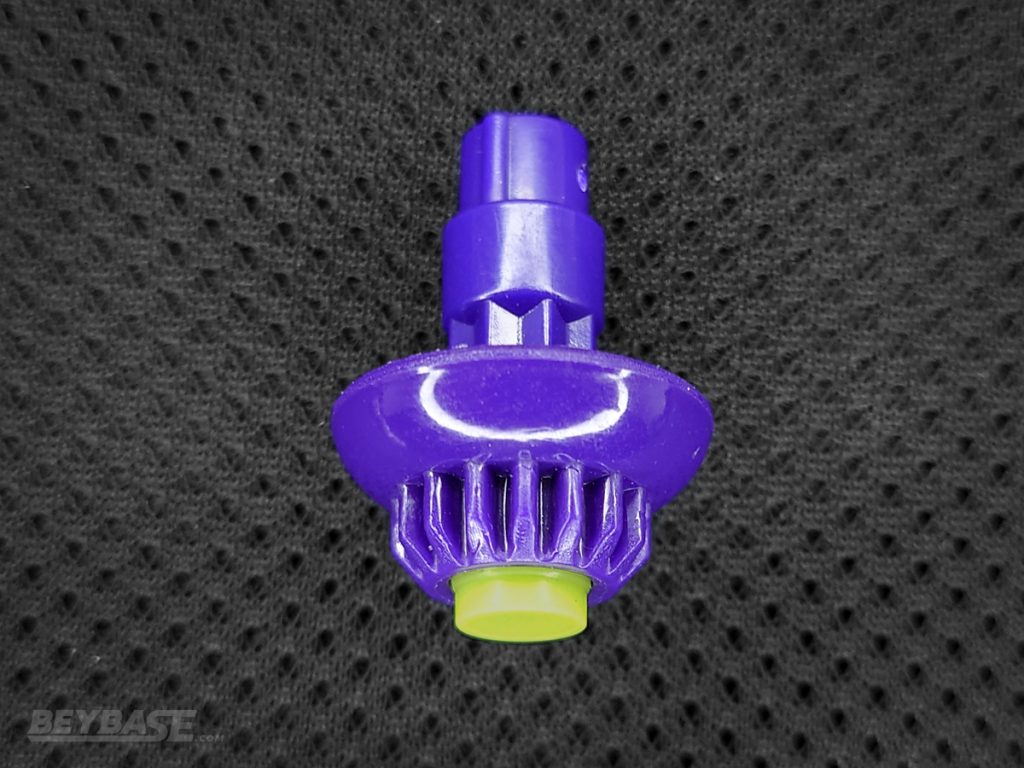
Impact Drake 9-60RA vs. Shark Edge 3-60LF
- ID 9-60RA wins: 5 wins, 8 points (3 OF, 2 SF)
- SE 3-60LF wins: 5 wins, 7 points (1 BF, 1 OF, 3 SF)
- Impact Drake Blade Win Percentage: 50%
- Impact Drake Blade Points Percentage: 53%
- Mint Impact Drake Blade & Rubber Accel, Semi-Used Shark Edge Blade
Impact Drake 9-60RA vs. Soar Phoenix 1-60R
- ID 9-60RA wins: 2 wins, 6 points (2 XF)
- SP 1-60R wins: 7 wins, 12 points (3 OF, 4 SF)
- Impact Drake Blade Win Percentage: 20%
- Impact Drae Blade Points Percentage: 33%
- 1 Draw (SF)
- Mint Impact Drake Blade & Rubber Accel, Semi-Used Soar Phoenix Blade
Against Shark Edge Blade it was clear that either had a good shot of scoring any form of victory condition reliably, and what decided the outcome was largely positioning and good fortune. The Impact Drake Blade on the Rubber Accel Bit feels very much like a do-or-die, over-in-a-flash style of combo.
While there is some evidence to suggest that a mint Rubber Accel Bit is inferior to a worn one, we felt it was fair to test this combo out as-is.
The result against something like Phoenix Wing Blade was the complete opposite. Impact Drake Blade on Rubber Accel wasn’t any less likely to be knocked out nor was it able to reliably outspin the plastic-based attacker. This matchup felt very one-sided, and apart from a few instant Xtreme Finishes, Impact Drake Blade had no impact.
The Verdict
The Impact Drake Blade is, despite its best efforts, without a distinct competitive niche to call its own. It lacks the consistency expected of current top-tier Attack threats, being too quick to lose all of its stamina against other attack types and little reliability in getting its one good hit off against non-Attack options.
It is, as of yet, unable to find a specific area it excels at. For all-around Attack options we have stiff competition in Phoenix Wing Blade and Aero Pegasus Blade, and for high-power/low-stamina options we have Shark Edge Blade (and its many variants) and Dran Buster Blade.
Still, it boasts top-class weight at release and can land reasonably strong hits under the right circumstances. Users who have precise launching skill may find it to be viable, but it is generally speaking, a difficult to use and recommend Blade at this time.
Also worth noting is the degradation of Impact Drake Blade’s rubber contact points over time. After significant use, the rubber contact points wear down and round off. The primary metal contact points also wear down, which is not uncommon for Blades in Beyblade X. The performance effect of this degradation is something we were unable to test for this article, but it is worthy of further experimentation of time.
9-60 Ratchet Review
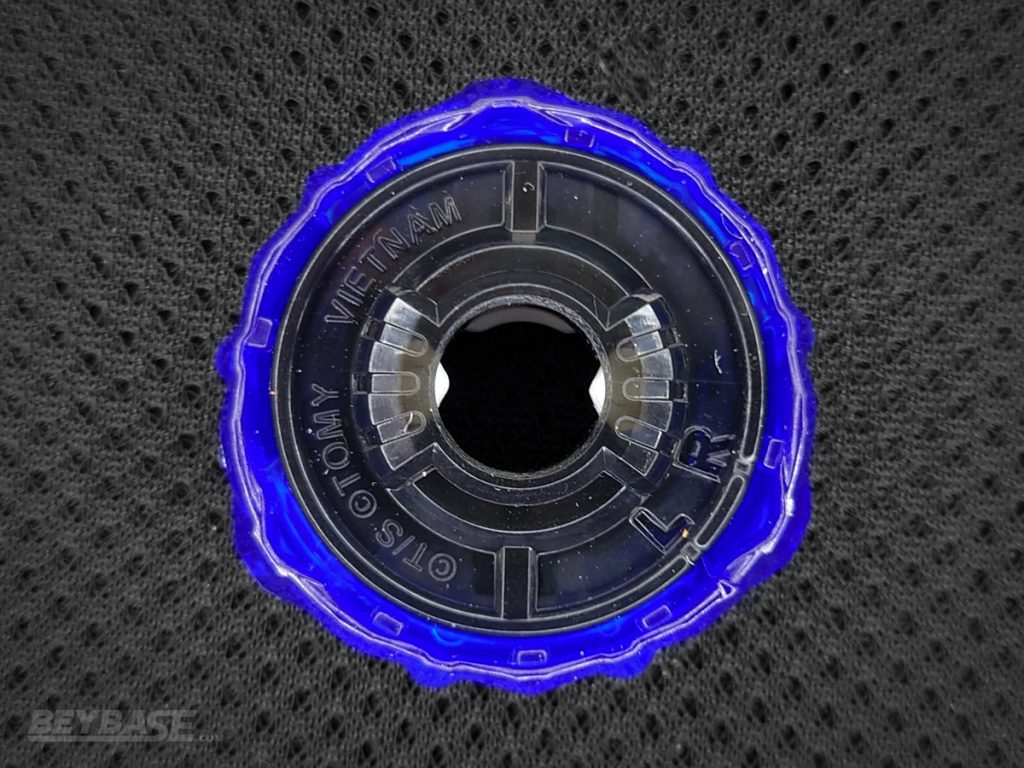
The 9-60 Ratchet is by now a well-understood and extremely appreciated component in competitive Beyblade deck-building. The 9-60 Ratchet has proven itself to be an excellent choice for all combo types and playstyles.
Feel free to read our in-depth review of the 9-60 Ratchet in our BX-23 Starter Phoenix Wing review.
The Verdict
The 9-60 Ratchet is a competitive must-have for Bladers.

Sponsored: Order the newest Beyblades at malloftoys.com!
Heads up: If you buy something through Mall of Toys, you won’t pay any extra, but I’ll get a small commission. This helps me keep things running. Thanks for your support!
Low Rush Bit Review
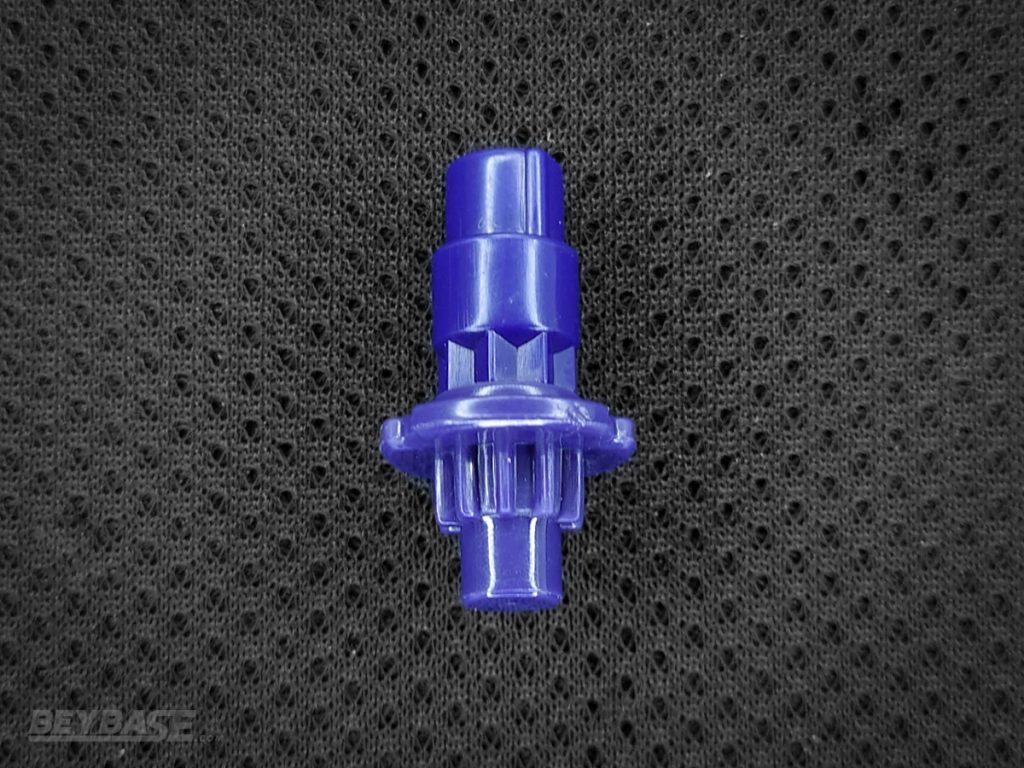
How is the Low Rush Bit Different from Other Bits?
The Low Rush Bit is very similar to the Rush Bit, but shorter. It features 10 gear teeth, just like the original, and a total height of 28.6mm compared to the original Rush Bit’s 29.6mm.
Conversely, the gear teeth of Low Rush are actually slightly taller than those of the Rush Bit.
The original Rush Bit has found a home in pretty much any kind of aggressive combo to date since its release because of its reliable movement, great endurance relative to other Flat-type Bits, and slightly more conservative speeds.
The Low Rush Bit definitely has a lot to live up to, but considering just how close it is to the original, we aren’t too worried.
Is the Low Rush Bit Good for Attack Type Combos?
We first compared it to Low Flat, a common staple for Attack enthusiasts to see how it performs when serving as the engine for the Shark Edge Blade:
Benchmark: Shark Edge 3-60LR vs. Wizard Rod 9-60B
- Shark Edge 3-60LR wins: 7 wins, 17 points (1 XF, 3 BF, 3 OF)
- Wizard Rod 9-60B wins: 3 wins, 4 points (1 OF, 2 SF)
- Low Rush Bit Win Percentage: 70%
- Low Rush Bit Points Percentage: 81%
- Worn Shark Edge Blade, worn Wizard Rod Blade
Benchmark: Shark Edge 3-60LF vs. Wizard Rod 9-60B
- Shark Edge 3-60LF wins: 4 wins, 8 points (1 BF, 3 OF)
- Wizard Rod 9-60B wins: 6 wins, 6 points (6 SF)
- Low Flat Bit Win Percentage: 40%
- Low Flat Bit Points Percentage: 57%
- Mint Shark Edge Blade, worn Wizard Rod Blade
These results suggest that there is a significant improvement in Shark Edge Blade’s ability to secure knock-outs and especially Burst Finishes thanks to the reduced stature afforded to it by the Low Rush Bit.
In practice and as we observed, this slight decrease in height was directly responsible for 2 Burst Finishes recorded. At a height any higher the Blade would not have made direct contact with Wizard Rod’s 9-60 Ratchet.
Dran Buster 1-60LR vs. Wizard Rod 9-60B
- Dran Buster 1-60LR wins: 5 wins, 12 points (2 XF, 3 OF)
- Wizard Rod 9-60B wins: 5 wins, 5 points (5 SF)
- Low Rush Bit Win Percentage: 50%
- Low Rush Bit Points Percentage: 71%
- Testing by Kei
- Semi-worn Dran Buster Blade, worn Wizard Rod Blade
- Both Beyblades banked
Benchmark: Dran Buster 1-60R vs. Wizard Rod 9-60B
- Dran Buster 1-60R wins: 3 wins, 7 points (1 XF, 2 OF)
- Wizard Rod 9-60B wins: 7 wins, 10 points (2 XF, 4 SF)
- Rush Bit Win Percentage: 30%
- Rush Bit Points Percentage: 42%
- Mint Dran Buster Blade, worn Wizard Rod Blade
Here we noticed another significant improvement, though a variety of factors beyond Bit choice may have impacted these results. During our two player testing we noticed that our newly opened Dran Buster Blade on Rush Bit was capable of initiating Xtreme Finishes or Knock Outs but the power it exerted was simply too much, causing Wizard Rod to leave the exit multiple times across many matches and therefore not scoring an Xtreme Finish or Knock Out.
We’d also like to share a video that Fabel, who assists with photography for some BeyBase articles, posted on his Youtube channel.
He tested Dran Buster 7-60 Low Rush against a wide variety of opponents:
Overall, it displayed a clear ability to score points against each opponent it faced: Cobalt Dragoon 9-60 Elevate, Phoenix Wing 3-60 Rush, Silver Wolf 3-60 Hexa, Knight Mail 3-60 Point, Wizard Rod 3-60 Level, and Impact Drake 5-60 Low Flat.
It did tend to lose more battles than it won, but the battles it lost tended to be by Spin Finish. And overall, it was either even or ahead in terms of points scored. This is type of result can be a benefit for skilled players that can take advantage of the difficulty most opposing Beyblades will have in scoring points against it quickly. You mileage may vary depending on your launching skill, however.
In general it seems that the Low Rush Bit is a welcome addition to the pure Attack arsenal, improving results on some of the most explosive Blades available.
Low Rush Bit vs. Rush Bit Solo Spin Time and Xtreme Dash Comparison Comparison
- Wizard Rod 9-60LR:: 1:07.68s Average Solo Spin Time, 5 Average Xtreme Dashes
- Wizard Rod 9-60R: 1:01.12s Average Solo Spin Time, 5 Average Xtreme Dashes
What we observed were similar enough results in terms of both Xtreme Dashes performed and spin time recorded between the original Rush Bit and the new Low Rush Bit.
What this tells us is that in a vacuum the lower height has little impact on the Beyblade’s endurance or its Xtreme Dash frequency. Whether the two are interchangeable is likely up to you to decide, or more importantly the context in which either is used. In some instances being lower than your opponent may result in a quicker destabilization and being more easily outspun as a result.
Is the Low Rush Bit Good for Defense/Counter-Attack Type Combos?
Because Bits like Rush Bit, Cyclone Bit, Taper Bit and most recently the Level Bit have seen much success on the likes of the Wizard Rod Blade in niche “attack hate” or counter-attack combos, we decided to see how Low Rush does.
Wizard Rod 9-60LR vs. Shark Edge 3-60LF
- Wizard Rod 9-60LR wins: 8 wins, 15 points (2 XF, 3 OF, 3 SF)
- Shark Edge 3-60LF wins: 2 wins, 4 points (2 OF)
- Low Rush Bit Win Percentage: 80%
- Low Rush Bit Points Percentage: 79%
- Worn Wizard Rod Blade, Semi-worn Shark Edge Blade
Benchmark: Wizard Rod 9-60C vs. Shark Edge 3-60LF
- Wizard Rod 9-60C wins: 7 wins, 15 points (2 BF, 2 OF, 3 SF)
- Shark Edge 3-60LF wins: 3 wins, 6 points (3 OF)
- Cyclone Bit Win Percentage: 70%
- Cyclone Bit Points Percentage: 71%
- Worn Wizard Rod Blade, Semi-worn Shark Edge Blade
Cyclone Bit, which was on release viewed as a Rush replacement or side-grade, seemed to perform a touch worse than the Low Rush Bit here. While the two scores are comparable enough, it cannot be ignored that the Low Rush variant scored an extra win and ceded less points overall.
The Verdict
The Low Rush Bit is effectively a second Rush Bit for competitive Bladers to use in Deck or have at their disposal. The Low Rush Bit is debatably superior in pure Attack applications, due to the increased chance of Ratchet contact, but does not completely invalidate options like the original Rush Bit or the Cyclone Bit.
The taller teeth of the Low Rush Bit enables it to engage with the Xtreme Line slightly easier than the Rush Bit. As a result, it can execute slightly stronger, faster attacks than Rush. But this also increases the chances of it entering the Xtreme Zone or Over Zone itself. This quality can be either a detriment or a benefit depending on the aim of the Beyblade using it and the user.
Recommended Low Rush Combo: Dran Buster 7-60 Low Rush
How to Build Dran Buster 7-60 Low Rush
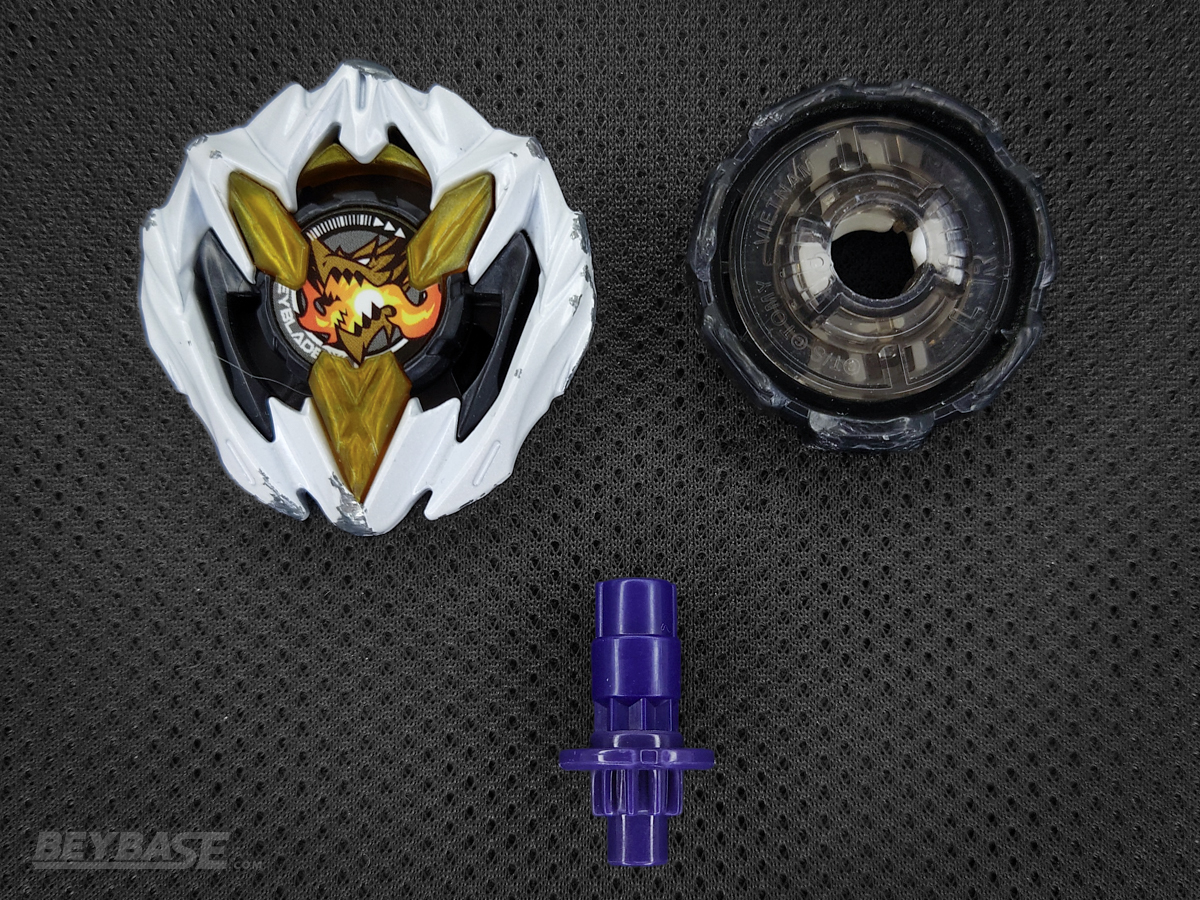
-
Dran Buster Blade
- UX-01 Dran Buster 1-60A
- UX-04 Battle Entry Set U – Dran Buster 1-60A (Special Ver.)
- UX-00 Dran Buster 1-60A Metal Coat: Blue FC Barcelona Ver
- G1536 Buster Dran 1-60A
-
7-60 Ratchet
- UX-06 Leon Crest 7-60GN
- BX-00 Draciel Shield 7-60D
-
Low Rush Bit
- UX-11 Impact Drake 9-60LR
Should You Buy UX-11 Starter Impact Drake 9-60LR?
This release is overall an excellent pick up for both starter Bladers and veterans alike. It features a quality String Launcher, top-tier Ratchet and the new and very competitive Low Rush Bit. While the Impact Drake Blade leaves a lot to be desired, the rest of this product’s pieces more than make up for it.
Where to Buy UX-11 Impact Drake 9-60LR Starter

Heads up: If you buy something through some of the links on this post, you won’t pay any extra, but I’ll get a small commission. This helps me keep things running. Thanks for your support!
What Do You Think of UX-11 Starter Impact Drake 9-60LR?
If you’re thinking of picking up Impact Drake 9-60 Low Rush be sure to let us know below what you think about it!
Or become a BeyBase HQ member to get early article access and behind-the-scenes updates. Thank you!
6 thoughts on “RUBBER ATTACK POINTS! Discover the Impact of Beyblade X’s First-Ever Rubber-Equipped Attack Type Blade (UX-11 Starter Impact Drake 9-60LR Review)”
Comments are closed.

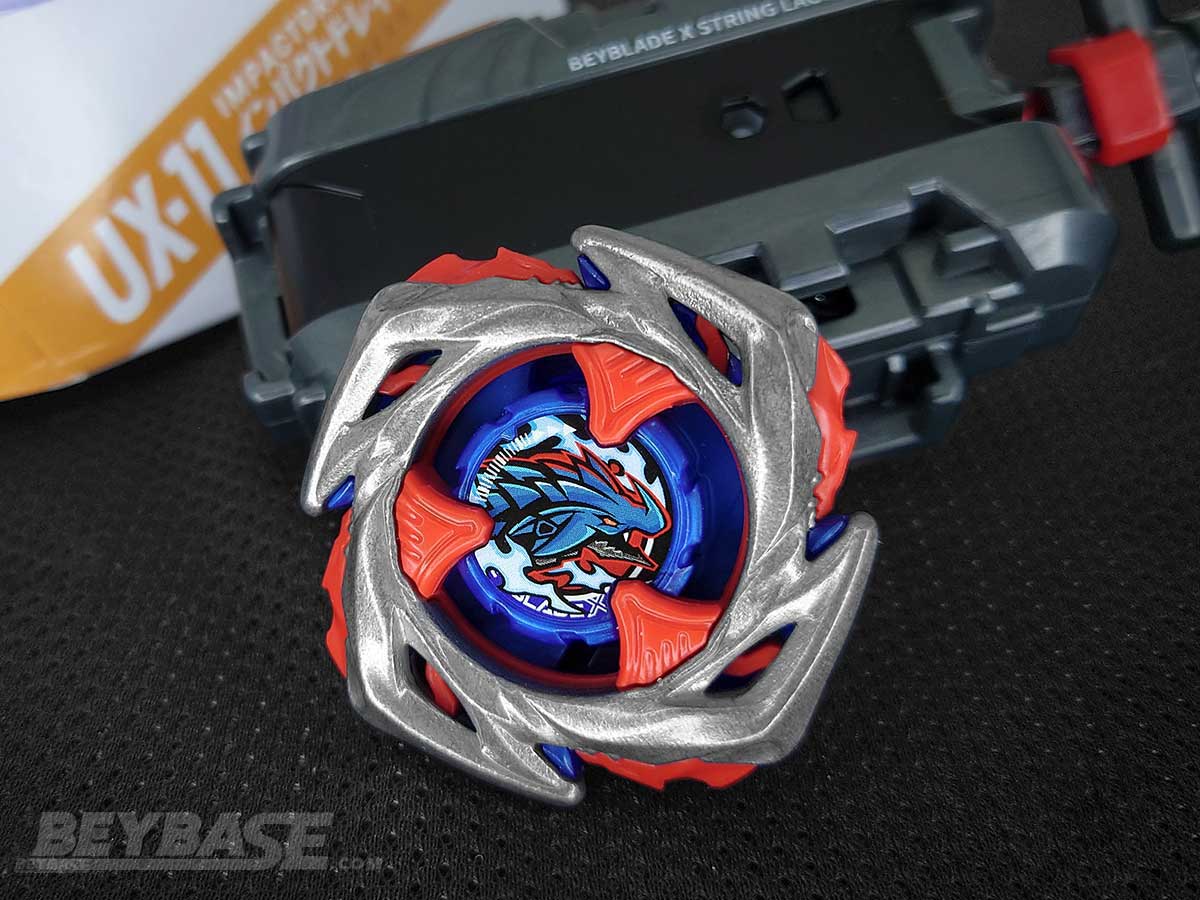
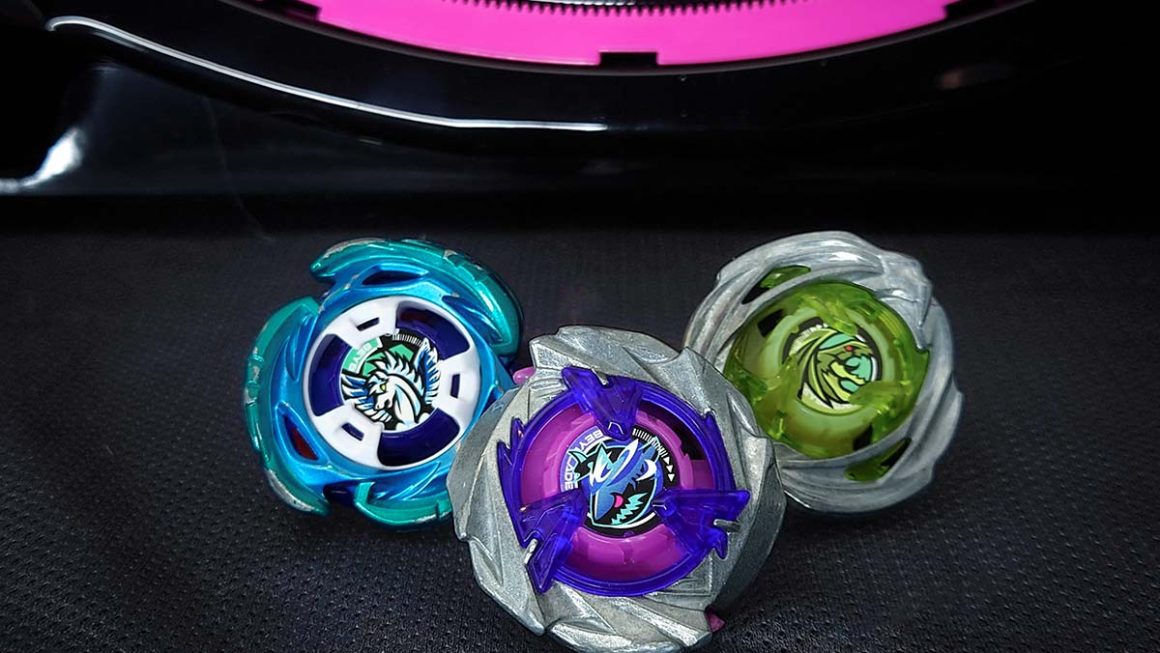
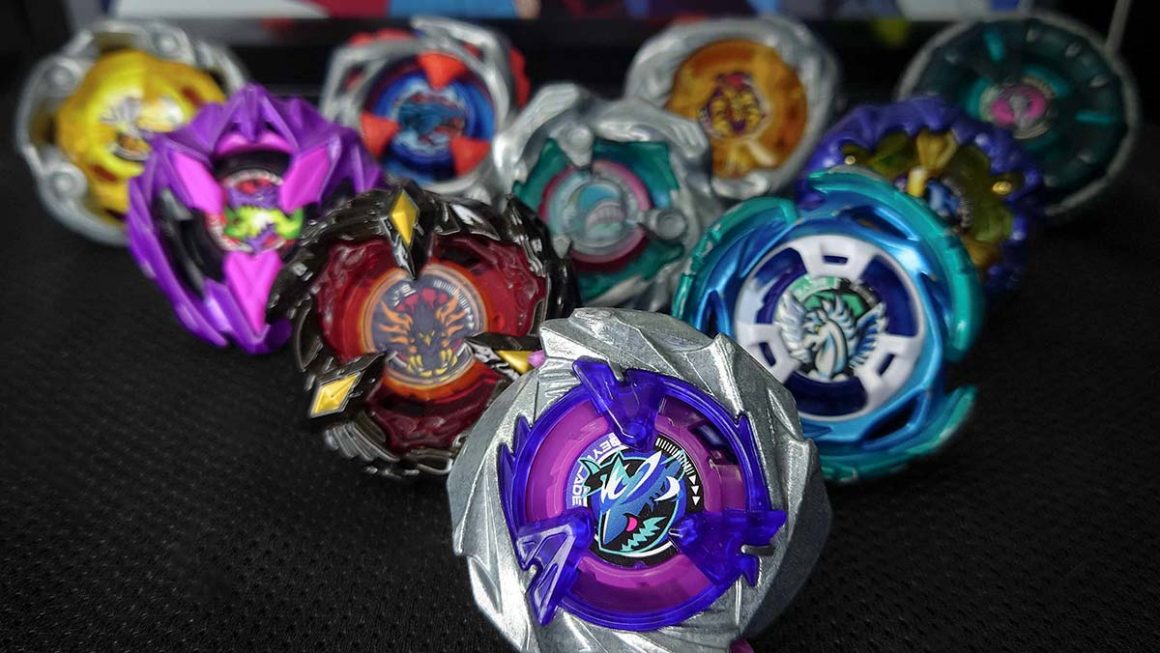
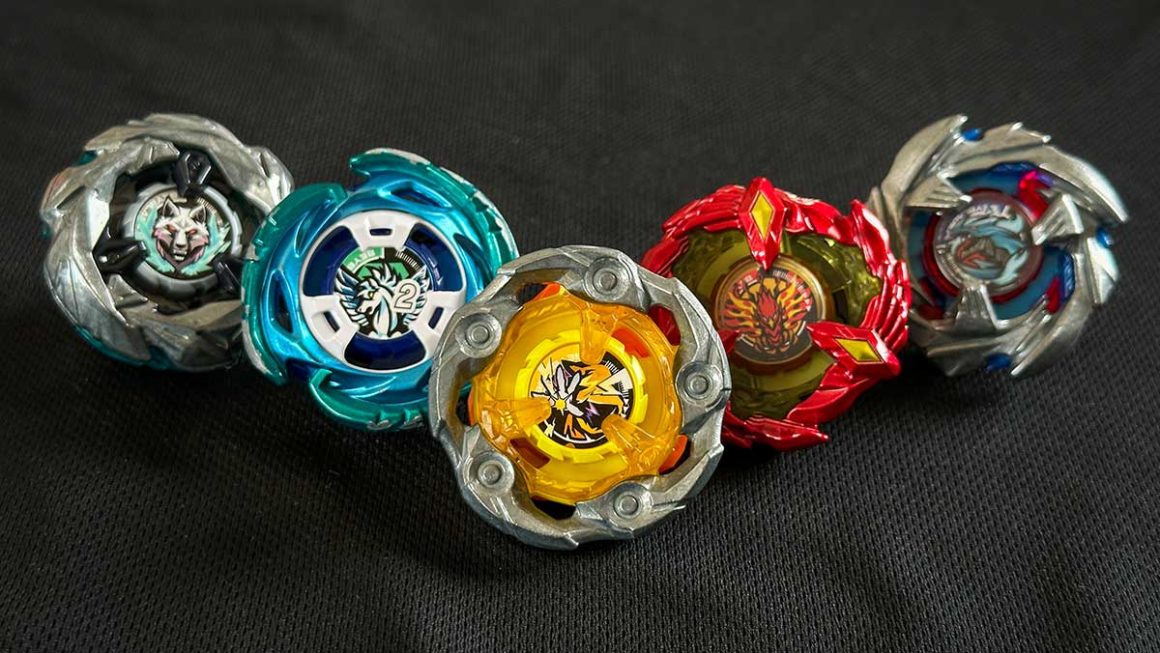
I’m honestly curious on how Impact will perform once the rubber is worn down to a point that it’s not in the way during battle, because I have seen some truly spectacular hits out of Impact on Low Flat due to it being more often metal-on-metal contact, and the rubber (at least in my copy) is noticeably softer than Judgement Joker’s or even Ultimate Valkyrie’s was, and it just really messes with the attack power. You also neglected to mention that the string launcher in this release has a noticeably longer string than previous releases.
Thanks for your comment, Akamiri!
I’m curious about that too, but more than that, I’m curious how that would be ruled in official competition. I’ve heard about some pretty strict rulings on the Rubber Accel Bit and wonder if the same thing might happen to Impact Drake.
I cannot speak for all of the string launchers that players may get from this release, but in the copies we tested I don’t believe the string was any longer than previous releases. One thing that might create that illusion is that the string on string launchers tend to become shorter over time through prolonged usage. So, you may be comparing it to an existing used string launcher that has become gradually shorter over time … it can be hard to notice at first, but it becomes more obvious when you’re aware of this and start looking for it.
Fair enough on the way it may be ruled in official competition, but for the thing with the string launcher, when I received my copy of Impact and compared it to the one that came with Phoenix, it was noticeably longer by several inches, not just half an inch or an inch. It may just be a mold/machining thing or wear, but I rarely used the Phoenix launcher outside of stamina types, I still use Winders for attack types, but usually alternate molds, wear and tear, or manufacturing errors result in slightly different results, not drastically different results like the comparison between my Phoenix string launcher and my Impact string launcher. I will note, though, that with the BX-41 and BX-42 grips coming out soon, Cobalt Dragoon and Impact Drake are gonna have some CLEAN looking launchers.
Fair enough on the way it may be ruled in official competition, but for the thing with the string launcher, when I received my copy of Impact and compared it to the one that came with Phoenix, it was noticeably longer by several inches, not just half an inch or an inch. It may just be a mold/machining thing or wear, but I rarely used the Phoenix launcher outside of stamina types, I still use Winders for attack types, but usually alternate molds, wear and tear, or manufacturing errors result in slightly different results, not drastically different results like the comparison between my Phoenix string launcher and my Impact string launcher. I will note, though, that with the BX-41 and BX-42 grips coming out soon, Cobalt Dragoon and Impact Drake are gonna have some CLEAN looking launchers.
sorry about this one- you can just delete it, my browser lagged when trying to submit and it submitted twice
Getting my Impact Drake this Thursday (Hasbro stadium) and super excited to welcome it to my collection! Attack has always been my favourite part of Beyblade and Beyblade x is perfect for it with the rail making battles so much more fun (and life threatening if you remove the plastic cover 👀). Great review as always! Looking forward to see how Impact Drake may fit into the meta. (Maybe more rubber blades will set a new niche in X?)